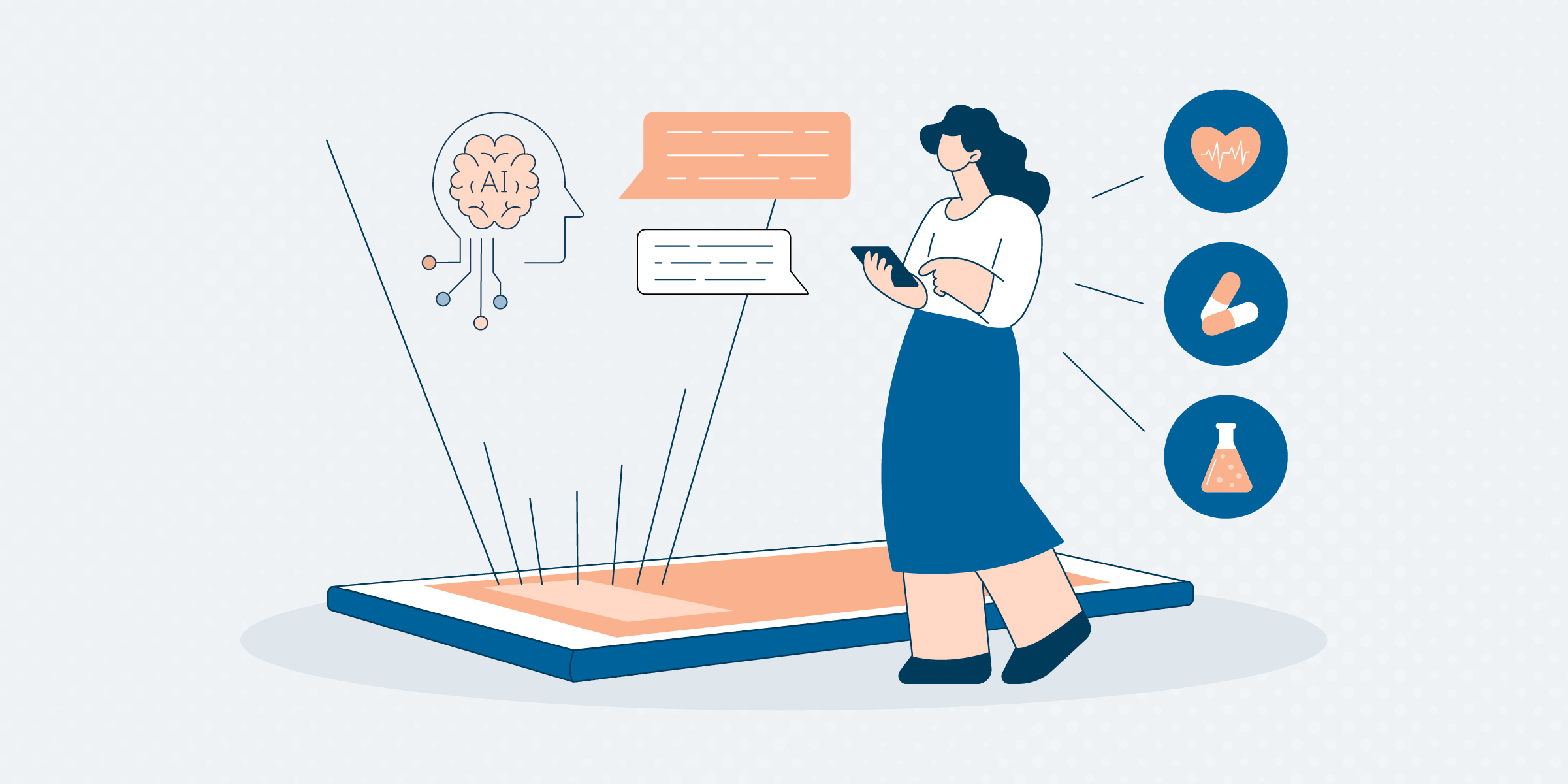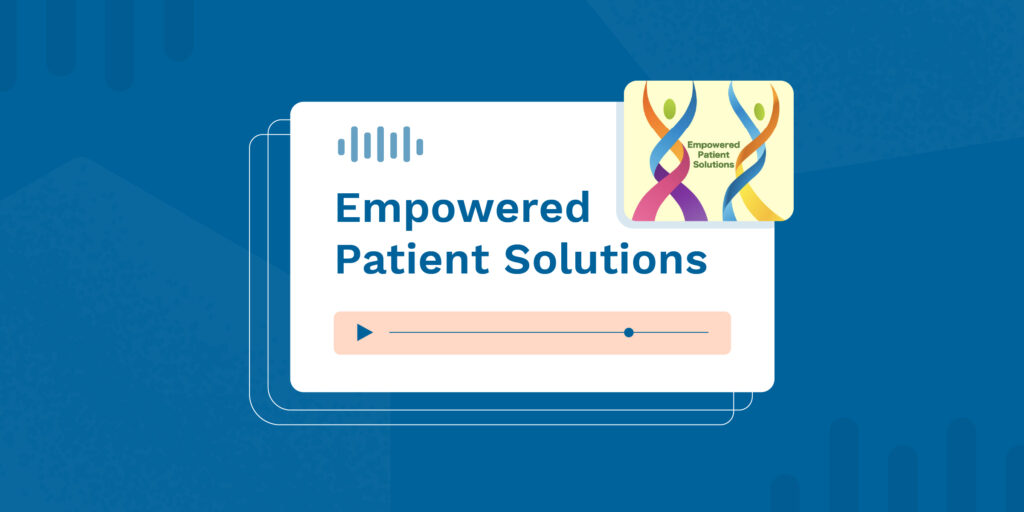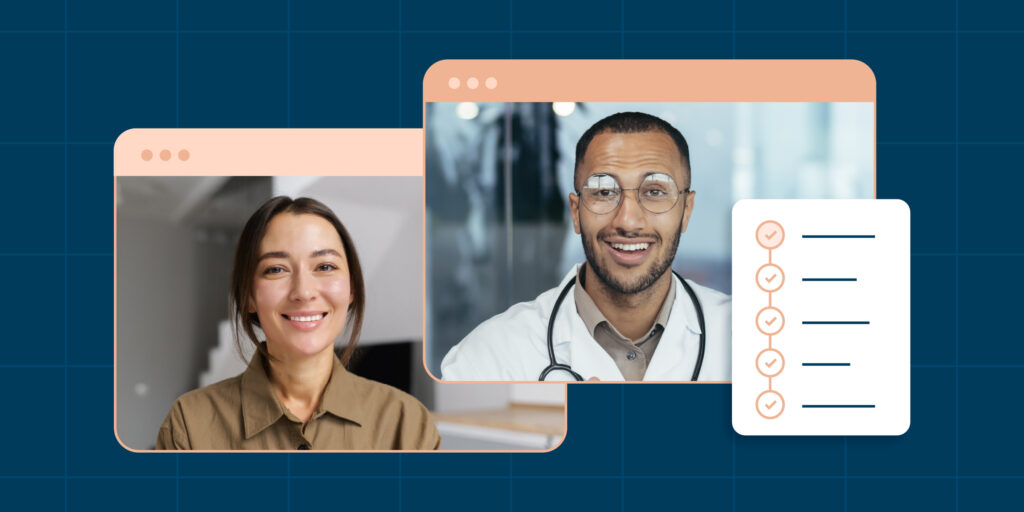Telehealth has quickly become a staple in today’s healthcare industry. The sudden increase is largely due to the COVID-19 pandemic, with spending increasing from $306 million from April to December 2019 to $3.7 billion in the same months in 2020. However, telehealth’s convenience has made it an increasingly popular option among today’s patients.
Telehealth has quickly become a staple in today’s healthcare industry. The sudden increase is largely due to the COVID-19 pandemic, with spending increasing from $306 million from April to December 2019 to $3.7 billion in the same months in 2020. However, telehealth’s convenience has made it an increasingly popular option among today’s patients.
One question lingers: Can telehealth (also known as virtual care) truly match the depth and personalization of in-person care? That’s where artificial intelligence (AI) comes in. The game-changing technology is showing promise in taking telehealth to the next level. From streamlining workflows to enhancing the quality of care delivery remotely, AI could reshape virtual healthcare in ways we’re only beginning to imagine.
Below, we’ll take a closer look at AI’s potential in virtual healthcare.
How AI Could Bridge the Gap Between In-Person and Virtual Care
One of the most promising roles of AI in telehealth is its potential to help bridge the gap between in-person and virtual care. Traditionally, telehealth has faced challenges in recreating detailed insights from physical appointments. However, in the future, AI could help mitigate this by analyzing patient data from various sources, including wearable health devices or medical records. This could give practitioners a more in-depth view of a patient’s health—even if they’re not physically present.
For example, AI-powered tools can monitor patients remotely through devices that can track their vital signs and lifestyle data. By leveraging these multi-modal AI models—which are systems that process text, images, and sensor data—providers could one day diagnose conditions more accurately based on real-time data. Major companies like Amazon are already looking into these capabilities and, if successful, could create a more seamless and informed virtual care experience.
Using AI in Clinical Notes and Documentation
Some medical facilities use AI to summarize their clinical encounter notes, which helps reduce the administrative load on healthcare providers by generating concise summaries of patient visits. This can often work just as effectively in a telehealth setting as it does in an office.
By automating documentation tasks, providers can spend more time on patient care, which helps address issues like clinician burnout—a problem that’s often exacerbated by the burden of administrative paperwork and note-taking.
For example, some AI tools, like one currently being developed at RXNT, can extract and summarize key information from patient encounters while maintaining compliance with healthcare regulations. This reduces the overall time spent on creating notes while still allowing providers to maintain control over documentation, ensuring records are accurate.
Streamlining Claim and Denial Management
Along with assisting in clinical documentation, AI will soon be able to offer solutions for claim management and denial resolution. By automating routine tasks like claims submissions and identifying potential errors in insurance claims, AI can lower the amount of time it takes to process claims. This ultimately helps healthcare facilities maintain their cash flow and reduce the administrative burden, giving them more time to focus on patient care. Additionally, AI-driven systems can analyze patterns in denials and suggest actionable improvements to avoid future claim rejections.
AI in Patient Engagement and Communication
For many patients, navigating the healthcare system can feel like a maze of unanswered questions and confusing processes. It’s because of these complex processes that experts have stated that more patients need help navigating an increasingly complicated healthcare system.
In the future, AI could help resolve this by acting as a virtual assistant that can provide patients with instant answers to common questions, whether related to their diagnosis, medications, or next steps for treatment.
A properly trained and tested AI chatbot could address common concerns like “When should I take my medication?” or “What are the next steps for my lab result?” Patients could access reliable information without waiting for a follow-up call, email, or in-person visit. With common questions answered quickly and communication streamlined, patient engagement and overall satisfaction would be increased.
The Future of AI in Telehealth
While many of the AI innovations mentioned above are still in development, the potential of these AI tools is enormous. However, it’s important to keep in mind that these technologies must be tested, proven safe, and fully integrated into existing workflows before they can be widely accepted. They also need to be certified for compliance with healthcare regulations like HIPAA. Ultimately, the key will be ensuring that AI not only supports providers but also enhances the patient experience without introducing any new barriers.
As AI continues to evolve, so will its role in shaping the future of virtual healthcare. For now, providers can rely on modern telehealth-friendly platforms like RXNT. RXNT is provides a suite of software tools that streamline telehealth processes. From patient scheduling and follow-up to billing and collection, RXNT reduces the administrative burden on providers and saves time.
Want to see what RXNT can do? Schedule a demo today for an up-close look at our platform.





